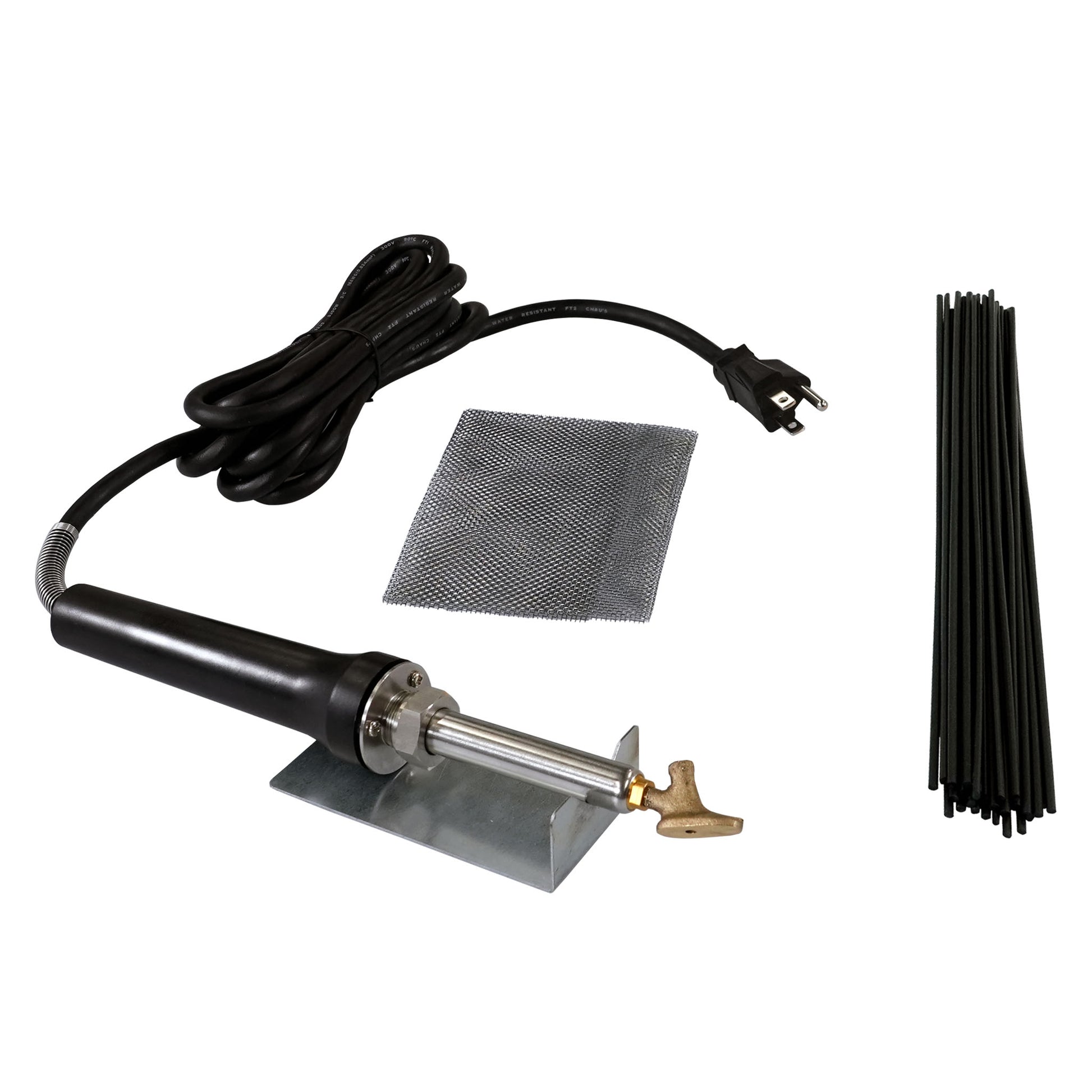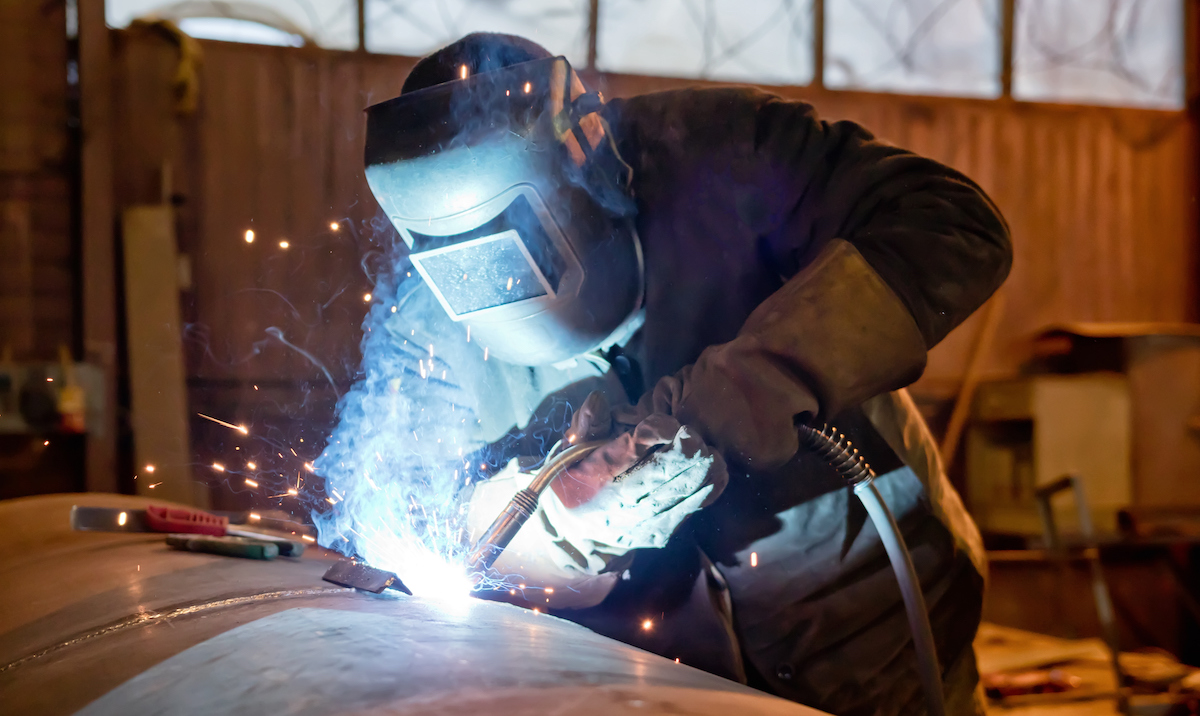Typical Welding Fixing Issues and Just How to Address Them Successfully
Welding repairs typically come across a variety of issues that can jeopardize the stability of the end product. Typical issues include inadequate infiltration, porosity, and misalignment, amongst others. Each issue provides one-of-a-kind difficulties that require particular techniques for resolution. Recognizing these problems is crucial for welders intending to boost their abilities and results. This discussion will check out these usual welding fixing issues and efficient methods to address them.
Inadequate Infiltration
Poor infiltration occurs when the weld metal falls short to completely fuse with the base material, leading to weak joints and potential architectural failures. This issue commonly comes from not enough heat input, inaccurate electrode angle, or incorrect welding speed. Welders might experience inadequate penetration because of a mistake of the necessary parameters for a certain material thickness or kind. In addition, contamination on the base material's surface can impede effective bonding, aggravating the problem. To deal with poor penetration, welders should guarantee proper settings on their tools and keep a clean work surface. Normal examination of welds is recommended to identify any type of deficiencies early, enabling for timely modifications and the prevention of compromised structural stability in bonded assemblies.
Porosity
Porosity is a common flaw in bonded joints that materializes as tiny gas bubbles caught within the weld steel. This issue can compromise the stability of the weld, causing minimized toughness and prospective failing under tension. Montana Mobile Welding and Repair Belgrade Fabrication. Porosity normally arises from contamination, dampness, or improper welding techniques, which permit gases to leave right into the liquified weld pool. To address porosity, welders ought to guarantee appropriate surface area prep work, keep a clean functioning atmosphere, and utilize appropriate welding parameters. In addition, picking the ideal filler product and protecting gas can reduce gas entrapment. Regular assessment and screening of welds can aid identify porosity early, assuring timely restorative actions are taken, thus protecting the high quality and integrity of the welded framework
Misalignment
Misalignment in welding can develop from various factors, including inappropriate setup and thermal expansion. Comprehending the source is crucial for effective resolution. Several modification techniques are available to realign components and guarantee architectural stability.
Sources of Imbalance
Welding imbalance typically originates from a range of underlying issues that can compromise architectural honesty. One key cause is inappropriate fit-up of parts prior to welding, which can result in spaces and unequal surfaces. Variants in thermal growth throughout the welding process can likewise result in distortion, especially if the products being signed up with have different coefficients of expansion. Additionally, insufficient securing and fixturing might fall short to hold elements securely in location, resulting in motion during welding. Badly conserved tools, consisting of welding devices and devices, may present disparities in the weld grain, further adding to imbalance. Operator mistake, stemming from not enough training or experience, can also play a considerable role in creating misaligned welds.

Adjustment Strategies Readily Available
Attending to misalignment effectively needs a combination of restorative techniques tailored to the details concerns at hand. One usual approach is making use of fixtures or jigs to hold elements in the right placement throughout welding, making sure regular positioning. Furthermore, preheating the products can aid lower distortion and enhance fit-up. For considerable imbalance, mechanical adjustment techniques, such as using hydraulic jacks or clamps, can be used to fix the setting prior to welding. Post-weld heat therapy might also be required to soothe tensions brought on by imbalance. Finally, cautious inspection and adjustment throughout the setup phase can avoid misalignment problems from becoming considerable troubles, advertising a smoother welding procedure and boosting general architectural stability.
Distortion
Distortion is a typical obstacle in welding that can develop from numerous variables, including irregular home heating and cooling. Comprehending the reasons for distortion is necessary for carrying out effective prevention strategies. Addressing this problem not just improves architectural stability yet likewise improves the total quality of the weld.
Reasons for Distortion
When based on the intense heat of welding, products typically undertake changes that can bring about distortion. This phenomenon mostly occurs from thermal growth and contraction throughout the welding procedure. As the weld area warms up, the product broadens; upon air conditioning, it acquires, which can develop interior stresses. On top of that, uneven home heating across a work surface can aggravate these anxieties, leading to warping or flexing. The kind of product also plays a substantial function; metals with differing thermal conductivity and coefficients of growth might respond differently, causing uncertain distortions. Furthermore, inadequate joint style and poor fixturing can add to imbalance throughout welding, boosting the possibility of distortion. Recognizing these causes is necessary for efficient welding fixing and avoidance strategies.
Prevention Techniques
Effective avoidance methods for distortion throughout welding concentrate on regulating warmth input and ensuring correct joint layout. Keeping a constant warmth input helps to reduce thermal growth and contraction, which can result in distortion. Making use of methods such as preheating the workpiece can likewise minimize the temperature level gradient, advertising consistent home heating. Furthermore, choosing proper joint styles, such as T-joints or lap joints, can boost stability and reduce stress focus. Executing appropriate fixturing to protect the workpieces in location further help in preserving positioning during the welding process. Staggered welding sequences can distribute warm extra equally, preventing local distortion. By using these strategies, welders can significantly decrease the chance of distortion and improve the total quality of their welds.
Splitting
Splitting is an usual issue come across in welding repair work, usually arising from numerous variables such as inappropriate cooling rates, material selection, or inadequate joint prep work. The event of splits can significantly compromise the honesty of the weld, leading to prospective failings during procedure. To resolve this problem, welders must initially analyze the origin, making sure that products work and suitably selected for the details application. Additionally, managing the air conditioning price during the welding procedure is essential; fast cooling can cause anxiety and result in breaking. Proper joint layout and preparation also contribute to lessening the risk. Executing these approaches can enhance weld top quality and longevity, eventually decreasing the chance of splitting in ended up weldments.

Incomplete Fusion
A significant concern in welding repair work is incomplete fusion, which happens when the weld steel does not adequately bond with the base product or previous weld passes - Belgrade Welding. This flaw can bring about weak points in the joint, possibly compromising the honesty of the welded structure. Variables adding to incomplete blend include insufficient warm input, incorrect welding technique, and contamination of the surfaces being signed up with. To address this issue efficiently, welders should assure appropriate pre-weld cleaning and surface preparation, in addition to change their welding specifications to attain appropriate infiltration and fusion. Routine examination during the welding procedure can likewise aid determine insufficient fusion early, enabling prompt restorative measures to enhance the total high quality of the universal welding wire weld
Overheating
While welding repair work can enhance structural honesty, overheating presents a substantial challenge that can result in product degradation. Too much heat throughout welding can modify the mechanical homes of steels, resulting in reduced toughness, increased brittleness, and bending. This sensation is particularly vital in high-stress applications where structural integrity is paramount. Determining getting too hot can include visual assessments Check Out Your URL for staining or distortion, along with keeping track of temperature during the welding process. To mitigate the dangers connected with getting too hot, welders must use appropriate techniques, such as regulating warm input, readjusting traveling speed, and utilizing suitable filler products. In addition, implementing pre- and post-weld heat therapies can aid restore product residential or commercial properties and boost the general high quality of the repair service, guaranteeing long-term performance and safety.
Frequently Asked Questions
What Are the Common Signs of a Welding Problem?

How Can I Test My Welds for Quality?
To evaluate welds for high quality, one can use aesthetic inspections, ultrasonic screening, and radiographic techniques. Each strategy assures architectural integrity, determines issues, and validates adherence to specified requirements, ultimately boosting the dependability of the welded joints.
What Safety and security Safety Measures Should I Take While Welding?
When welding, one should focus on security by putting on proper personal protective devices, guaranteeing proper air flow, safeguarding combustible products away, keeping a tidy workspace, and being mindful of environments to stop injuries and accidents.
Can I Fix a Weld Without Renovating the Entire Joint?
Repairing a weld without renovating the entire joint is possible, depending on the damage (Belgrade Fabrication). Methods such as grinding, adding filler product, or using a welding process can efficiently attend to specific imperfections while protecting the surrounding framework
What Devices Are Essential for Reliable Welding Repair Works?
Essential tools for effective welding repairs consist of a welding device, cord brush, mill, protective gear, clamps, and filler products. Each tool plays a crucial function in making sure high quality and safety and security throughout the repair service process. Porosity normally develops from contamination, dampness, or improper welding strategies, check it out which permit gases to escape into the molten weld swimming pool. Poorly conserved devices, consisting of welding devices and devices, may introduce disparities in the weld grain, further contributing to imbalance. When subjected to the extreme warmth of welding, products usually undertake changes that can lead to distortion. Fracturing is a common issue come across in welding repairs, frequently resulting from various factors such as inappropriate cooling prices, product selection, or insufficient joint preparation. A substantial concern in welding repair work is incomplete combination, which takes place when the weld steel does not adequately bond with the base product or previous weld passes.